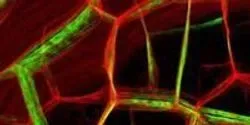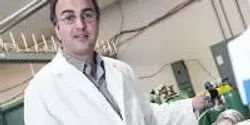News

Acknowledging not only the growing need among scientists and engineers for resources that can help them handle, explore, and analyze big data, but also the complementary strengths of Caltech's Center for Data-Driven Discovery (CD3) and JPL's Center for Data Science and Technology (CDST), the two centers have formally joined forces, creating the Joint Initiative on Data Science and Technology.

Catalysts created by Carnegie Mellon University chemist Terrence J. Collins effectively and safely remove a potent and dangerous endocrine disruptor from wastewater.

Medical and other researchers and science teachers around the world will be able to compare ancient DNA from humans from thousands of years ago with the genetics of modern day humans, thanks to a new world-first open access databank at the University of Adelaide’s Australian Centre for Ancient DNA (ACAD).

Researchers from Cardiff University's School of Chemistry have pioneered a new technique that will enable scientists to precisely pinpoint the areas on an enzyme that help to speed up chemical reactions.

Researchers have solved the long-standing conundrum of how the boundary between grains of graphene affects heat conductivity in thin films of the miracle substance — bringing developers a step closer to being able to engineer films at a scale useful for cooling microelectronic devices and hundreds of other nano-tech applications.

Merck KGaA, Darmstadt, Germany, a leading company for innovative and top-quality high-tech products in healthcare, life science and performance materials, announced June 15 that the European Commission has approved its planned acquisition of U.S.-based life science company Sigma-Aldrich.

A $33.7 million gift to the University of Sydney places Australia at the forefront of medicinal cannabinoid research.













